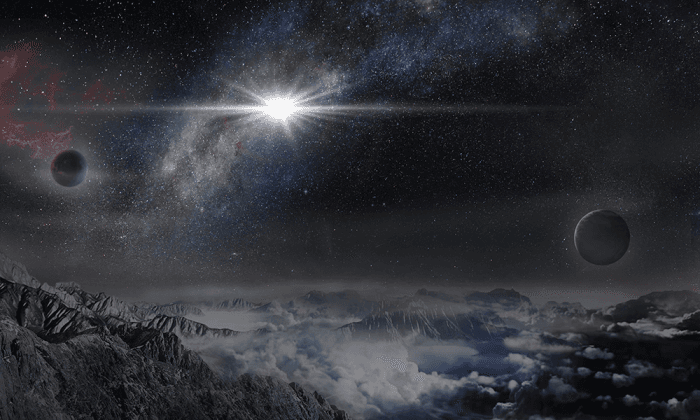Scientists announced this week the observation of a record-breaking explosion of the ASASSN-15lh supernova.
The luminosity of the ASASSN-15lh explosion was 200 times brighter than that of a typical supernova. For comparison, it was 570 billion times the luminosity of the sun, and 20 times the luminosity of the 100 billion stars that comprise the entire Milky Way.
The sheer magnitude of the luminosity has left scientists grasping for explanations, and the ASASSN-15lh was put under the category of “superluminous supernova,” a relatively new label for an extremely rare type of explosion caused by certain stars when they die. A study of the explosion was recently published in Science.
“ASASSN-15lh is the most powerful supernova discovered in human history,” Subo Dong, an astronomer at Peking University, said in a statement. “The explosion’s mechanism and power source remain shrouded in mystery because all known theories meet serious challenges in explaining the immense amount of energy ASASSN-15lh has radiated.”

At around 3.8 billion light years away, the ASASSN-15lh is among the closest superluminous supernovas ever observed. It was first seen in June 2015 by twin telescopes with 14-centimeter diameter lenses in Cerro Tololo, Chile, which was conducting the All Sky Automated Survey for SuperNovae (ASAS-SN), hence the ominous-sounding name.
The ASASSN-15lh is not unique just in its luminosity, but also in its origins. Most supernovas come from galaxies smaller and more dim than the Milky Way, but the home of the ASASSN-15lh appears to be larger and brighter.
It’s still unclear where the ASASSN-15lh explosion occurred, but Dong and his colleagues have been granted permission to use the Hubble telescope to better study the supernova. Space telescopes are better equipped to scope out celestial objects than earthbound telescopes because they don’t have to deal with the light pollution in the atmosphere.
“ASASSN-15lh may lead to new thinking and new observations of the whole class of superluminous supernova, and we look forward to plenty more of both in the years ahead,” Dong said.





